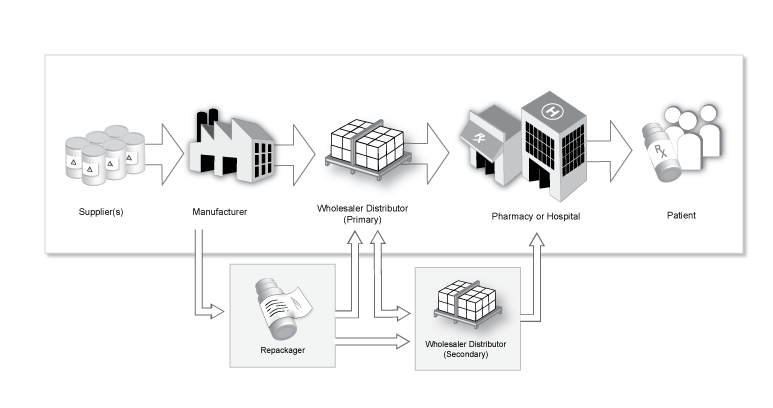
Click here for an article on shortages affecting a HPN patient.
Timeline
|
Year
|
Parenteral Nutrition Additive
|
Response
|
|
2011
|
Selenium
|
Multi-trace-5 (MTE-5): standard dose 0.2 ml/kg/day, which provides:
- Zinc: 200 mcg
- Copper: 80mcg
- Chromium: 0.8mcg
- Manganese: 20mcg
- Selenium: 4mcg
Add Zinc to meet requirements if necessary.
For patients @ risk of copper or manganese toxicity, consider reducing Multi-trace-5 (MTE-5) dose to 0.05 ml/kg/day
|
|
2013
|
Phosphate
|
Rationing of PN product as follows:
Age
Age >1: max 5 mmol/L
Consider enteral supplementation w/ NaPhos and KPhos.
Glycophos® (Na Phos) approved for importation from Europe.
|
|
|
Adult Multi-vitamin (MVI)
|
Use pediatric Multi-vitamin (MVI)
Supplement B vitamins
Consider enteral MVI supplementation
|
|
|
Calcium gluconate
Calcium Chloride
|
Age
Age 2-18: Restrict dose to 5 mEq/L*
Age >18: 0*
*Consider enteral calcium supplements to meet RDA
|
|
|
Selenium
|
|
|
2014
|
Intralipid®
|
Home infusion companies ration Intralipid as clinically feasible.
- Most children receive prescribed doses, as long-term patients are on lipid restriction.
- Adults to receive minimum 100 grams of soybean-based intravenous lipid emulsion per week to prevent essential fatty acid deficiency. Remainder of non-protein calories to be provided as dextrose.
- Institutions are encouraged to monitor closely for essential fatty acid deficiency if experiencing a shortage.
|
|
2017
|
sodium acetate and sodium phosphate
|
Use sodium or potassium chloride, acetate or phosphate salts
Use enteral phosphate supplements.
Additional phosphate monitoring.
|
|
|
Trophamine® 10%
|
® 10% supply
>6 months-old: Prosol®+ L-cysteine (40mg L-cysteine per g of Prosol)
|
| Travasol® 10% | Use alternative amino acids: Clinisol® 15%, Plenamine® 15%, Primene® 10%, FreAmine® 10%, Premasol® 10% | |
|
|
Multi-trace 4
|
Dose zinc, selenium and copper separately
|
|
2018
|
Selenium
|
Multitrace-5: Standard dose is 0.1ml/kg/day, which provides (note using lower dose than 2011):
-Zinc: 100mcg
-Copper: 40mcg
-Chromium: 0.4mcg
-Manganese: 10mcg
-Selenium: 2mcg
|
|
|
Calcium
|
If home infusion company does not have PN calcium gluconate available, remove PN calcium.
Prescribe enteral calcium to meet RDA when possible.
|
| Dual Chamber Bag | Separate lipid infusion |
Courtesy of Maggie Murphy, Pharm.D.
Corrigan M, Kirby DF. Impact of a national shortage of sterile ethanol on a home parenteral nutrition practice: a case series. JPEN J Parenter Enteral Nutr. 2012 Jul;36(4):476-80. doi: 10.1177/0148607111428453. Epub 2012 Jan 12. PubMed PMID: 22245759.
Pramyothin P, Kim DW, Young LS, Wichansawakun S, Apovian CM. Anemia and leukopenia in a long-term parenteral nutrition patient during a shortage of parenteral trace element products in the United States. JPEN J Parenter Enteral Nutr. 2013 May-Jun;37(3):425-9. doi: 10.1177/0148607112463942. Epub 2012 Oct 15. PubMed PMID: 23070133.
Sant VR, Arnell TD, Seres DS. Zinc Deficiency With Dermatitis in a Parenteral Nutrition-Dependent Patient Due to National Shortage of Trace Minerals. JPEN J Parenter Enteral Nutr. 2016 May;40(4):592-5. doi: 10.1177/0148607114566465. Epub 2015 Jan 6. PubMed PMID: 25564425.
